Haze from thousands of peatland and timber fires in Indonesia last year may lead to as many as 100,000 deaths, U.S. researchers claimed in a report issued Monday.
Scientists from Harvard and Columbia universities used new analytical tools, satellite observations, and population information to locate the source of fires, gauge the toxicity of emissions and “estimate the resulting morbidity and premature mortality in downwind populations,” according to a study published in Environmental Research Letters.
“We estimate that haze in 2015 resulted in 100,300 excess deaths across Indonesia, Malaysia and Singapore, more than double those of the 2006 event, with much of the increase due to fires in Indonesia’s South Sumatra Province,” said the study, titled “Public Health Impacts of the Severe Haze in Equatorial Asia in September-October 2015: Demonstration of a New Framework for Informing Fire Management Strategies to Reduce Downwind Smoke Exposure.”
A combination of the El Niño weather phenomenon and positive Indian Ocean Dipole (pIOD), where the western portion of the ocean becomes warmer than the eastern portion, promoted drought in September and October 2015 and greatly enhanced fire danger in the region, the study said.
2015 saw the worst Southeast Asia haze crisis since 1997, but since modern satellite technology was not available then, researchers compared 2015 to “another large smoke episode” in 2006 that caused 37,000 excess deaths, according to the study.
“The degraded peatlands that typically burn during such episodes contain significant combustible organic material and so release large amounts of fine particulate matter (PM2.5), the leading cause of global pollution-related mortality…,” the study said.
“As in previous episodes, the prevailing winds in 2015 transported the smoke to densely populated areas across Indonesia and the Malay Peninsula, including Singapore and Kuala Lumpur.”
Child mortality not counted
However, most of the deaths occurred in Indonesia, according to the study.
Using U.S. Environmental Protection Agency standards for unhealthy air, and based on projected smoke exposure in 2015, the researchers concluded that “excess deaths” linked to the 2015 haze could be 91,600 in Indonesia, 6,500 in Malaysia and 2,200 in Singapore.
The projection ignored potential child deaths. “We also focus only on adult mortality due to lack of knowledge on the effects of air pollution on child mortality, even though impacts on children are likely significant,” the study said.
Across Indonesia, fires are used to burn agricultural residue, clear forests, or prepare land for plantations. Satellite imaging showed that many of the fires in Sumatra were linked to timber operations and peatlands, although peat fires can be difficult to spot.
“Peat fires can smolder in the subsurface for weeks to months after ignition, often at temperatures too low to be detected accurately from space,” the report said.
At the height of the fire season in October 2015, Indonesia’s National Board for Disaster Management blamed the resulting haze for killing 10 people and making thousands sick.
“The long-term impact could also be serious illness such as lung cancer. The government needs to anticipate potential secondary hazards like this,” Nanang Subana, director of Oxfam in Indonesia, told BenarNews in October 2015.
Full story: BenarNews
BenarNews Staff
Washington
Copyright ©2016, BenarNews. Used with the permission of BenarNews.










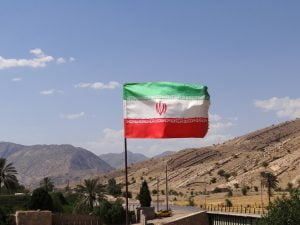


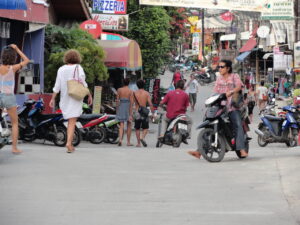
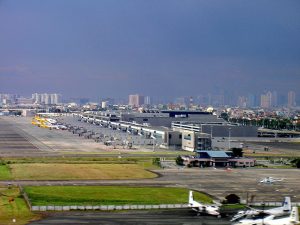




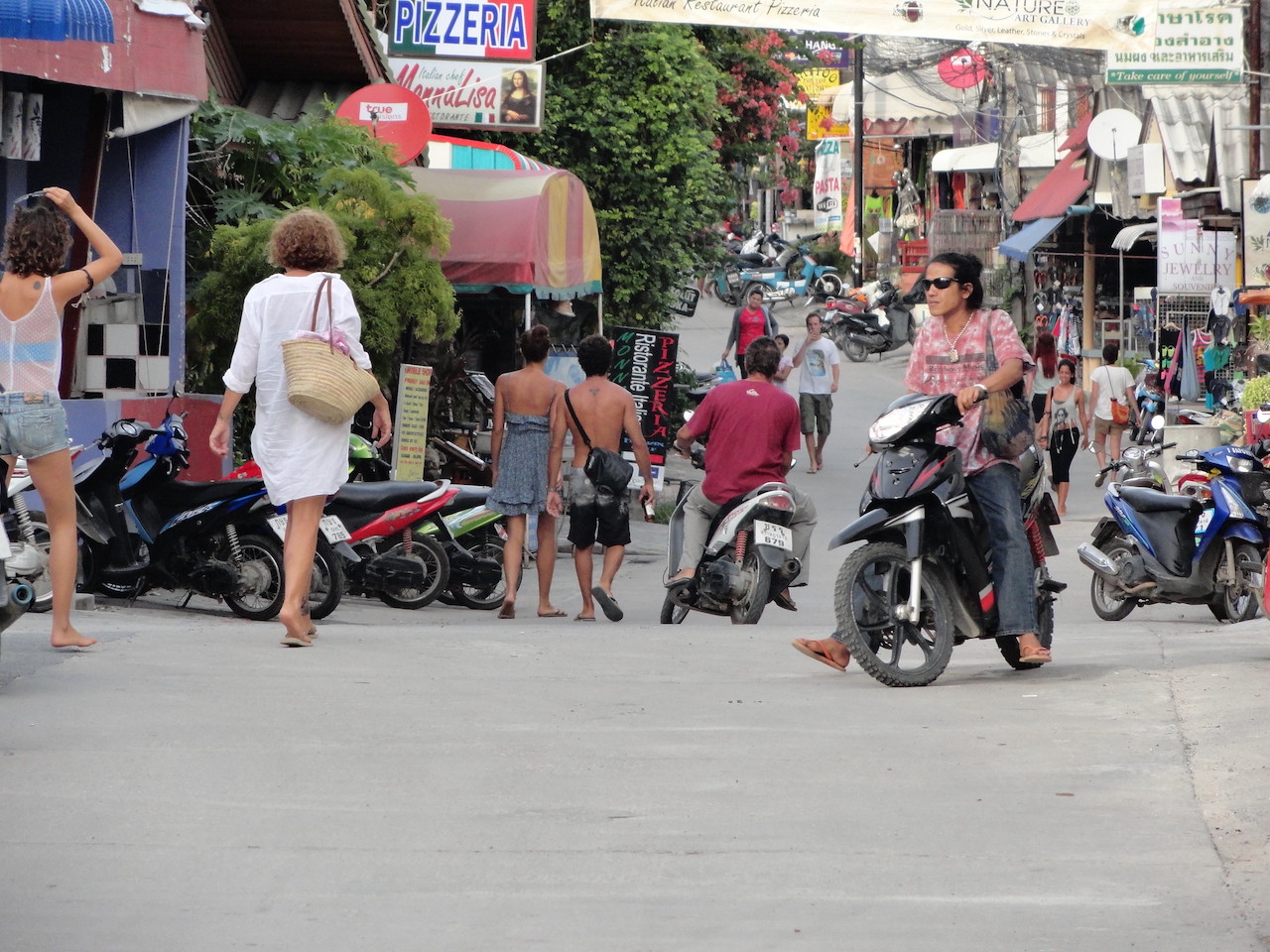

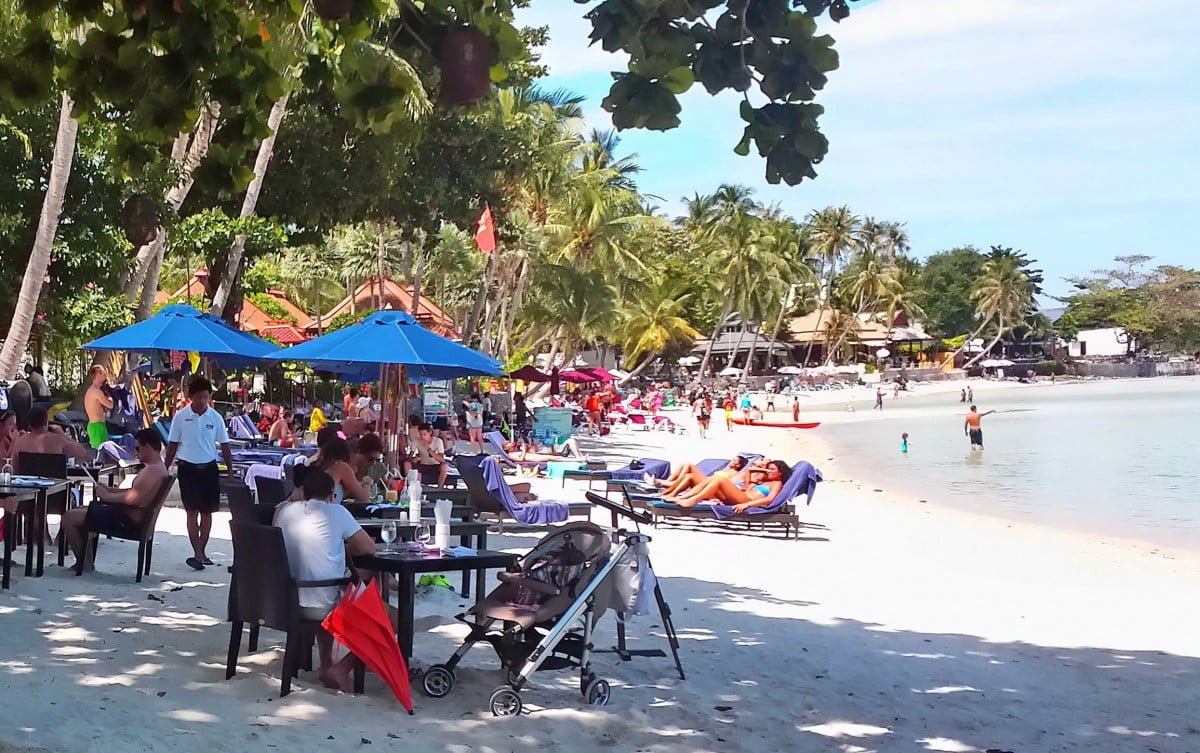

+ There are no comments
Add yours